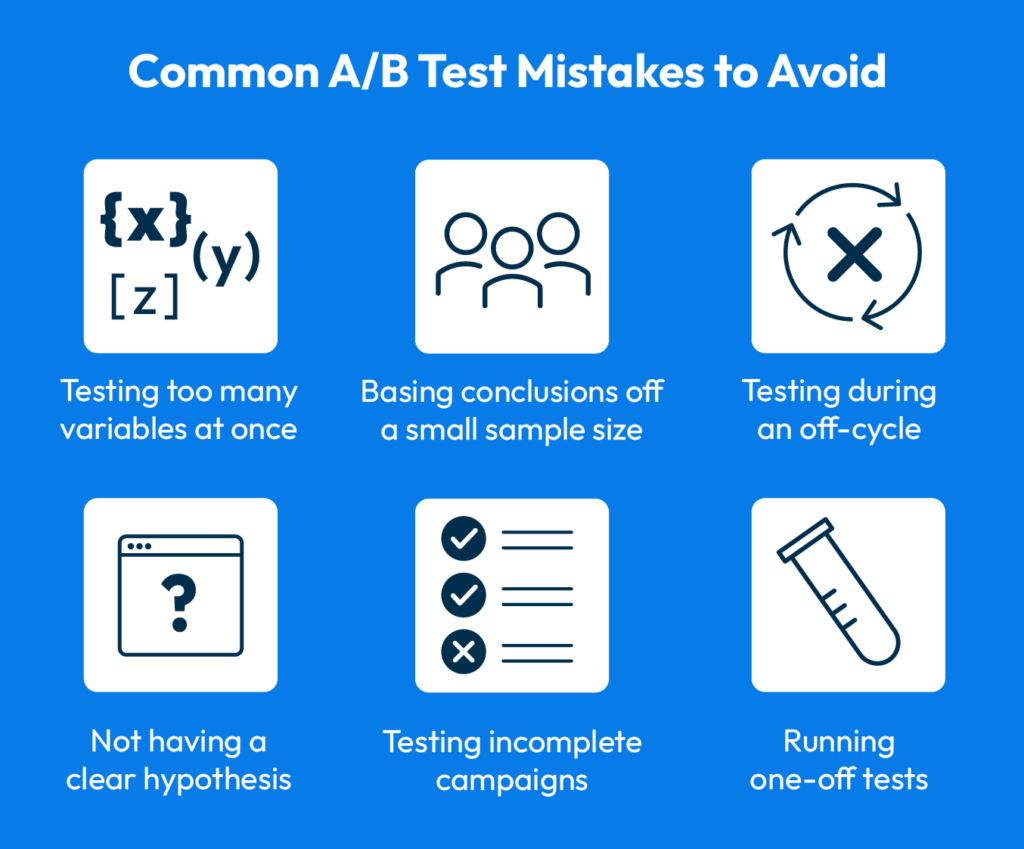Why Your A/B Test is Not Statistically Significant (And How to Fix It)
The three statistical traps that sabotage conclusive results—and how to avoid them.
Authored by Lalit Jain · lalit.7.jain@gmail.com · LinkedIn
Nothing is more frustrating in marketing than running a test for weeks, seeing a hopeful lift, and ending up with an "Inconclusive" readout. A non-significant result means you have to abandon your test or spend more budget without a guaranteed payoff.
The core problem is almost always insufficient **sample size** relative to your **Minimum Detectable Effect (MDE)**. Here are the top three reasons your tests are failing to reach statistical significance and actionable ways to fix them.
Reason 1: Your MDE Is Too Small
If you try to prove a $1\%$ relative lift, the statistical sample required is exponentially larger than proving a $10\%$ lift. The smaller the difference you want to detect, the more certain you have to be—and certainty costs data (and therefore money/time).
- **The Fix:** Increase your MDE. Set your MDE to the minimum change that is **economically worthwhile** for your business. If a $5\%$ lift doesn't justify the development cost, don't test for it—test for a $10\%$ lift instead.
Reason 2: You Stopped Too Early (Peeing the Bed)
Stopping a test the moment you see a $p$-value below $0.05$ is known as **"peeking"** or **"peeing the bed."** The $p$-value fluctuates wildly early in the test. If you stop early, you dramatically increase the risk of a **False Positive** (believing you have a winner when the result is just random chance).
- **The Fix:** Always calculate the required sample size and duration *before* launching. Run the test until you hit the required conversion volume, regardless of what the live dashboard says. We recommend a minimum of 14 days to smooth out daily and weekly seasonality.

Reason 3: Your Baseline CVR is Too Low
A low CVR (e.g., $0.5\%$) means that most of your traffic is non-converting noise. Proving that the difference between $0.5\%$ and $0.55\%$ is real is extremely difficult and requires massive traffic volumes to overcome that noise.
- **The Fix:** Test higher up the funnel. If you can't get enough traffic to test "Purchase," test a proxy metric like "Add to Cart" or "Email Signup" where the CVR is naturally higher. Alternatively, target a highly qualified audience segment with a known high CVR.
Validate Your Test Setup Before Launch
Use our **Statistical Significance Calculator** to input your current CVR and desired MDE. The tool will instantly tell you if your budget is **NOT Sufficient** and recommend the exact budget increase needed to avoid an inconclusive result.
Conclusive testing is not about luck; it's about preparation. By addressing these three statistical traps, you ensure every test you run yields an unambiguous, actionable result.
Recent Updates & Change Log
[Sept, 2025]
- Added ability to calculate **Achievable Lift (MDE)** in both Absolute and Relative terms for Holdout Tests.
- Implemented **Holdout Test Mode** to determine required audience size for incremental lift.
- Added **Dynamic Split Slider** for A/B test budget distribution.
- Implemented a clear **Calculation Breakdown** and actionable **Recommendations**.
This tool is actively maintained and improved.